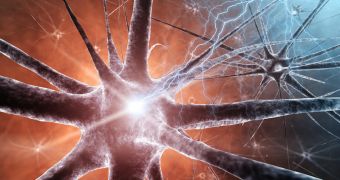A team of researchers working with the Case Western Reserve School of Medicine recently went public with the news that they had succeeded in converting run-off-the-mill skin cells into functional brain cells.
More precisely, it appears that these scientists succeeded in taking fibroblasts, a type of cells that are commonly found both in an individual's skin and in other of their organs, and turning them into oligodendrocytes.
The latter are a special type of cells that are in charge of myelinating the neurons that make up a person's brain.
Thus, their purpose is both that of making sure that the neurons are properly isolated from the rest of the body, and that of facilitating the delivery of impulses to and from the human brain.
So-called myelin disorders such as multiple sclerosis and cerebral palsy are known to be linked to the destruction of the brain cells that these researchers have managed to grow inside the laboratory.
Therefore, it is to be expected that this series of experiments will eventually lead to the development of better treatment options for those affected by said medical conditions. Newswise quotes Paul Tesar, PhD, who commented on this scientific breakthrough as follows: “Its cellular alchemy. We are taking a readily accessible and abundant cell and completely switching its identity to become a highly valuable cell for therapy.”
“The myelin repair field has been hampered by an inability to rapidly generate safe and effective sources of functional oligodendrocytes. The new technique may overcome all of these issues by providing a rapid and streamlined way to directly generate functional myelin producing cells,” study co-author Robert Miller, PhD, further argued.
In order to compel the cells to undergo these transformations, the researchers had to manipulate the levels of proteins that are known to naturally occur in them.
For the time being, such experiments have only been carried out on mice. Still, it is the researchers' hope that human clinical trials will soon follow.

 14 DAY TRIAL //
14 DAY TRIAL //